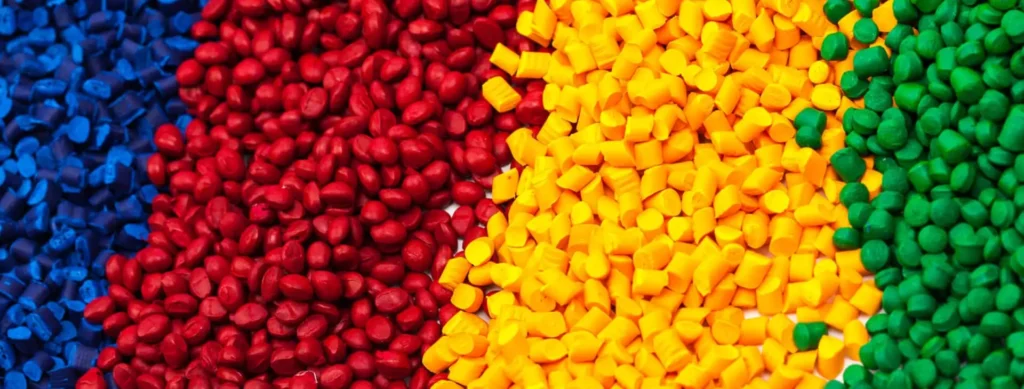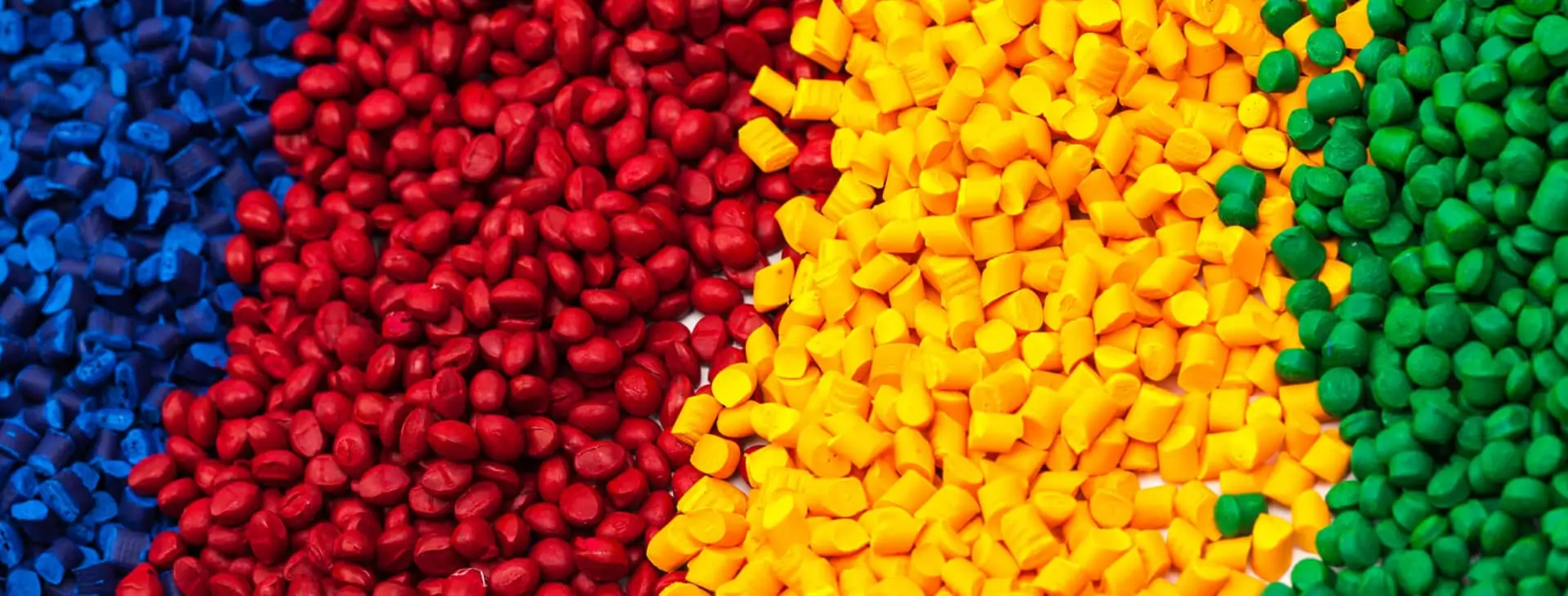Plastic is everywhere! We use it every day in things like water bottles, toys, and bags. However, did you know there are different kinds of plastic? Knowing how to tell them apart is very important, especially for recycling. Fortunately, this guide will help you learn how to identify different types of plastic in a simple way.

What Are Recycling Symbols?
Recycling symbols are small triangles with numbers inside. Typically, they are usually found on plastic items. These numbers tell you what kind of plastic it is. Here are the common types you might see:
PET (Polyethylene Terephthalate)
- Symbol: 1
- Used For: Water bottles, soda bottles
- Feel: Smooth and clear
- Color: Usually clear or green
- Float or Sink: Sinks in water
HDPE (High-Density Polyethylene)
- Symbol: 2
- Used For: Milk jugs, shampoo bottles
- Feel: Hard and rigid
- Color: Often white or colored, not clear
- Float or Sink: Floats in water
PVC (Polyvinyl Chloride)
- Symbol: 3
- Used For: Pipes, vinyl flooring
- Feel: Flexible and soft
- Color: Clear or colored
- Float or Sink: Sinks in water
LDPE (Low-Density Polyethylene)
- Symbol: 4
- Used For: Plastic bags, some food wraps
- Feel: Very thin and stretchable
- Color: Clear or colored
- Float or Sink: Floats in water
PP (Polypropylene)
- Symbol: 5
- Used For: Yogurt containers, bottle caps
- Feel: Tough and not easily bendable
- Color: Any color, often not clear
- Float or Sink: Floats in water
PS (Polystyrene)
- Symbol: 6
- Used For: Foam cups, food containers
- Feel: Light, can be hard or foam-like
- Color: Clear, white, or colored
- Float or Sink: Usually floats, can sink if foam
Other (Various Plastics)
- Symbol: 7
- Used For: Items like acrylic or nylon
- Feel: Varies
- Color: Varies
- Float or Sink: Varies
How to Feel the Plastic
Feeling the plastic can give you clues about what type it is. Here are some tips:
PET
- Smooth and clear: PET plastic is often used for drink bottles because it is lightweight and clear.
HDPE
- Hard and rigid: HDPE is used for things like milk jugs and shampoo bottles. It is thicker and, as a result, more durable.
PVC
- Flexible and soft: PVC is used for pipes and vinyl flooring. It can be bent easily and, in addition, is quite strong.
LDPE
- Very thin and stretchable: LDPE is used for plastic bags and some food wraps. It is very flexible and, moreover, easy to stretch.
PP
- Tough and not easily bendable: PP is used for yogurt containers and bottle caps. It is heat-resistant and, furthermore, very tough.
PS
- Light and can be hard or foam-like: PS is used for foam cups and food containers. It can be rigid, or on the other hand, it can be soft and foamy.
Color and Transparency
The color and how see-through the plastic is can also help you identify it:
PET
- Clear or green: PET is usually clear but can also be green. It is often used for bottles.
HDPE
- White or colored, not clear: HDPE is not see-through. Instead, it is often white or colored and used for containers.
PVC
- Clear or colored: PVC can be clear or come in various colors. It is often used for pipes and other products.
LDPE
- Clear or colored, very thin: LDPE is often clear but can be colored. It is very thin and flexible.
PP
- Any color, often not clear: PP can come in any color and is often not see-through. It is frequently used for many types of containers.
PS
- Clear, white, or colored: PS can be clear, white, or other colors. It is commonly used for cups and food containers.
The Water Test: Float or Sink
Different plastics will either float or sink in water. This simple test can help you figure out what type of plastic you have:
- PET: Sinks in water
- HDPE: Floats in water
- PVC: Sinks in water
- LDPE: Floats in water
- PP: Floats in water
- PS: Usually floats, can sink if foam
The Bend Test
Bending the plastic can tell you more about its type:
PET
- Bends but can crack: PET bends but can break if you bend it too much.
HDPE
- Bends without breaking: HDPE can bend a lot without breaking.
PVC
- Bends but flexible: PVC is very flexible and can bend easily.
LDPE
- Bends easily and stretches: LDPE is very stretchable and bends easily.
PP
- Tough and hard to bend: PP is tough and not easy to bend.
PS
- Breaks or cracks when bent: PS can crack or break when you try to bend it.
Smell Test (With Adult Help)
Some plastics have a specific smell when burned. Only do this test with an adult:
- PET: Sweet smell
- HDPE: Waxy smell
- PVC: Sharp, acidic smell
- LDPE: Candle-like smell
- PP: Odorless or faint sweet smell
- PS: Slightly sweet smell
Conclusion
Identifying different types of plastic is easy if you know what to look for. By checking the recycling symbols, feeling the plastic, and doing simple tests, you can learn to tell the difference between them. This helps you recycle better and understand more about the things you use every day. Happy recycling!
Content reference: https://www.funkidslive.com/






